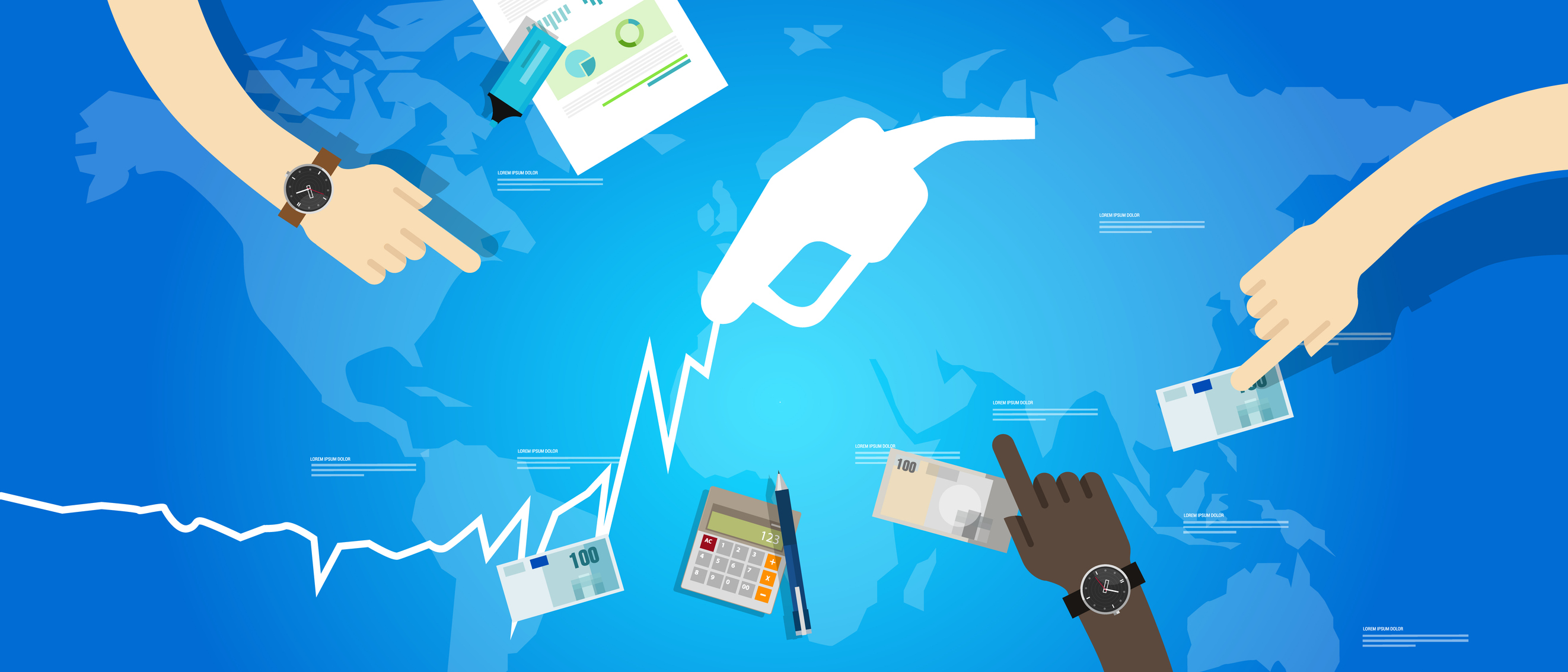“There is little sign of recovery of Puget Sound Chinook populations in each biogeographic region, and most populations remain far below their recovery planning targets.” – Puget Sound Partnership, 2020
After more than two decades of effort, salmon recovery in Puget Sound continues to fall far short of promised targets. The result is that Chinook salmon are not close to being removed from the Endangered Species List and the population of Southern Resident Killer Whales continues to decline due, in part, to lack of food. Despite the high-profile creation of the governor’s Orca Task Force, state policies have not yielded improvement and are unlikely to do so in the near future.
1. Washington has failed to increase salmon and orca populations.
The state’s own reports show a serious failure in current salmon recovery efforts. The Puget Sound Partnership notes that the population of Chinook salmon in the sound is “not improving,” and is below the 2020 target of seeing improvement in at least two geographic regions. Washington state’s “State of Salmon” report 2018 notes that of the 22 salmon populations in Puget Sound, zero are above recovery goals. The population of the Southern Resident Killer Whales continues to decline, reaching a population of 73 individuals, the lowest number since the mid-1980s.
2. The current effort is slow and inadequate.
Despite that failure, Washington spends only about $150 million for the biennium on salmon recovery in the Puget Sound and along the Pacific coast from a total Capital Budget of $5 billion. This leaves many projects unfunded. For example, salmon recovery projects in the Puget Sound Acquisition and Restoration Fund received $30 million, but the governor and lawmakers left $35 million worth of projects unfunded.
Additionally, permitting and the slow selection process from the Salmon Recovery Funding Board and other state regulations mean it takes years to finish projects. It is not unusual for projects to take more than a decade from start to finish. Our current approach is inadequate and is burdened by too much bureaucracy. In fact, many opportunities for habitat restoration are lost when private landowners offering to help restore habitat get tired of waiting for the state to act.
3. The state needs to support hatcheries and let tribes and local watersheds lead.
To improve the results of our salmon recovery efforts, we need strategies for the near and medium term. First, we need to increase hatchery production. This is the fastest way to increase the number of fish available for orca as food as well as for sport and commercial fishers. Tribes have done the best work on improving hatcheries to ensure hatchery and wild fish can coexist.
Second, remove permit barriers for salmon recovery projects. Currently, officials take more time to approve a permit to remove bulkheads that harm salmon in Puget Sound than they do to build a new residential bulkhead.
Third, rather than being delayed by process at the state Salmon Recovery Funding Board, funding should be sent directly to watersheds, which have their own governing bodies and staff. This would speed up implementation and remove an extra layer of bureaucratic process. It would also increase accountability. For example, salmon recovery projects in the Snoqualmie Valley should be determined by local elected officials and experts who have the incentives to choose successful projects and are more likely to be held accountable for failure than unknown members of the Salmon Recovery Funding Board.
For questions or additional information, contact Todd Myers at tmyers@washingtonpolicy.org.




